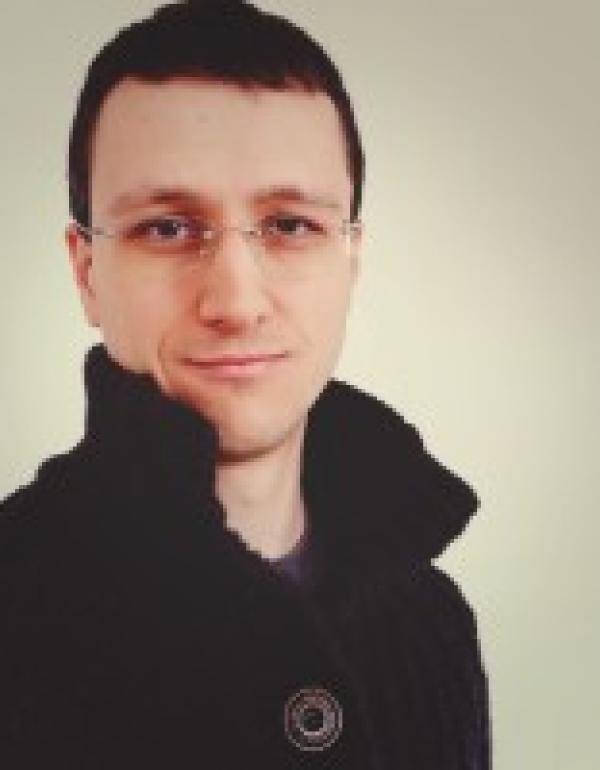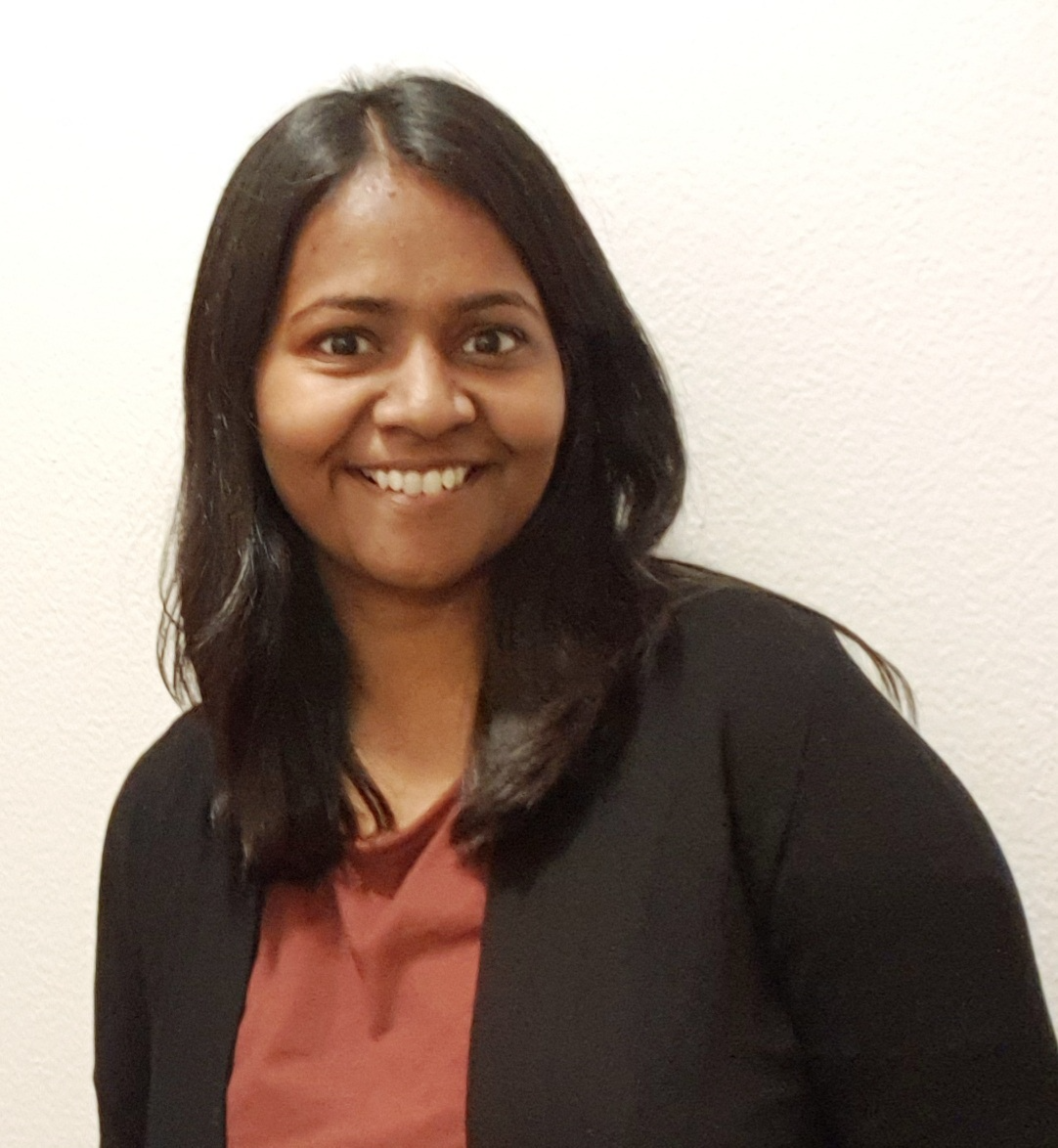SaferWorldbyDesign Webinar: Case studies advancing skin safety assessment according to OECD guidelines
Within the SaferSkin application and collaboration we have established a framework for comparing the results in skin safety assessment from different weight of evidence and defined approaches including those approved under OECD guidance and methods under development and review. In this webinar, we discuss such approaches that combine the use of in silico and in vitro evidence supporting integrated approaches to testing and assessment with a focus on the endpoint of skin sensitisation. Data and models are organised in such an approach as a weight of evidence against the key events of the adverse outcome pathway supporting the risk assessment of product ingredients and preparation of regulatory dossiers.
In our case study approach we work through practical examples considering comparisons between the results of different methods and the defined approach procedures described in the OECD TG 497 guideline. The results include cases which are relatively straightforward and also ones which are more complicated e.g., having conflicting results between assays, differences in conclusions depending on the algorithm, experimental challenges, and cases where additional information is required. Recommendations for overcoming difficulties are provided and including proposals for new experiments for obtaining results with clearer classifications or points of departure for risk assessment. Here, we present the results of two case studies which (a) had inconsistent results from the existing defined approaches and (b) could not produce results because of experimental challenges. We ran the SENS-IS assay on these compounds and evaluated the benefit of running this assay for these cases.

Dr. Tomaž Mohorič is a Computational Scientist at Edelweiss Connect. He obtained a Ph.D. in physical chemistry at the University of Ljubljana. During his Ph.D., he has specialised in computer simulations of simple and complex liquids, in particular under non-equilibrium states. One example was the extensive computational studies of microwave heating of water and aqueous solutions. Besides that, he also participated in a multinational team of physicists, who studied by theory and in practice the properties of magnetic colloids under non-equilibrium conditions. After that, he worked as a research scientist in analytics development at Krka d.d., where he gained first-hand experience from the pharmaceutical industry. He joined Edelweiss Connect in 2019 to contribute to the modeling and data analysis for the replacement of animal testing.

Dr. Shaheena Parween is a Biochemist with a Ph.D. in Life sciences and over 10 years of research experience in multiple disease areas. She has a broad knowledge of endocrinology, drug metabolism, vaccine research, nanomedicine, parasitology, immunology, personalized medicine and enjoys interdisciplinary work. She completed her M.Sc in Biotechnology and then obtained her Ph.D. from International Centre for Genetic Engineering and Biotechnology (ICGEB) New Delhi India. During her Ph.D., she worked on the development of nanoparticles(gold/peptides) for drug and vaccine delivery applications. After her Ph.D., she worked in India-South Africa collaborative project on HIV vaccine development. She was the key person coordinating with various member laboratories and reported directly to the director-Program Management. She then moved to Switzerland and joined the endocrinology department, university children’s hospital Bern to do her postdoc. Here she worked on multiple projects involved in drug/steroid metabolism as well as drug development for prostate cancer.
Nathan STOCKMAN, MSc in Toxicology, Brest Univ, is Safety Assessor at Eurosafe. He is supervising the daily operations in the matter of drafting cosmetic product safety reports (CPSR), and he and his team encounter many cases that will form the starting materials of the 4 webinars he will deliver.
